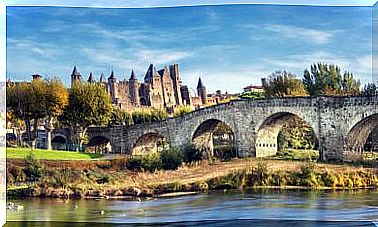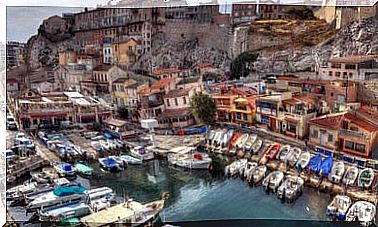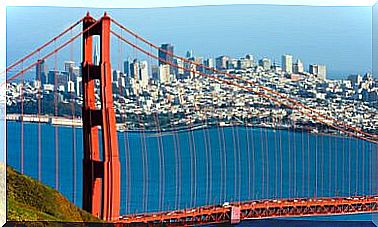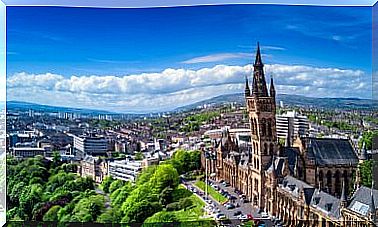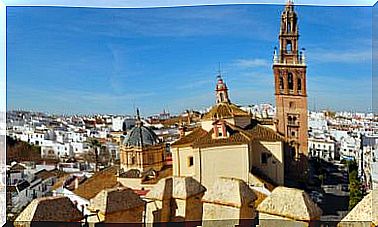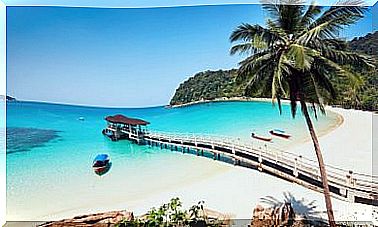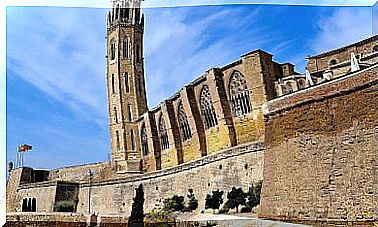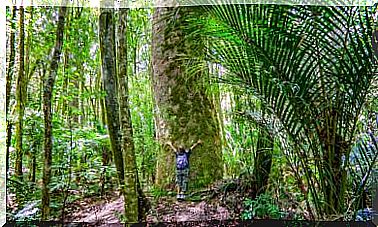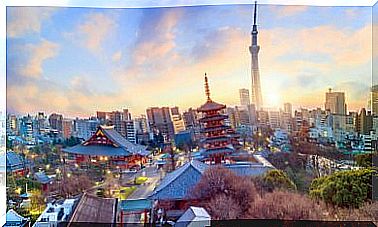The Monolithic Statues Of The Moai On Easter Island
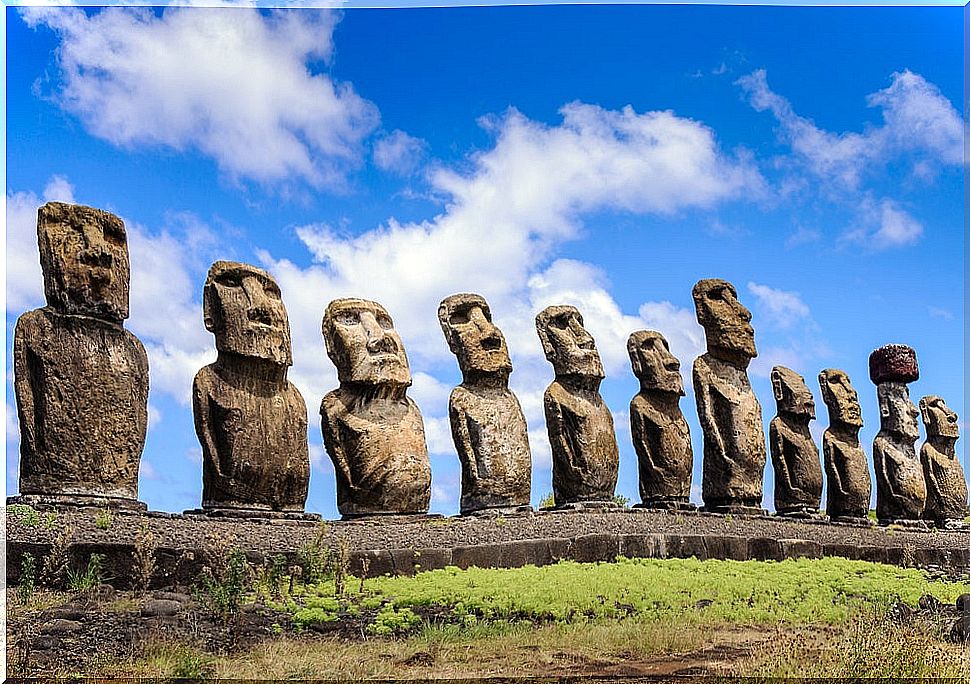
Have you heard of Easter Island? Well, this island, in addition to being famous for its magnificent natural beauty, is also famous for having hosts who will give you a very special welcome. The monolithic statues of the moai remain shrouded in mystery. Do you want to know them?
What are moai?
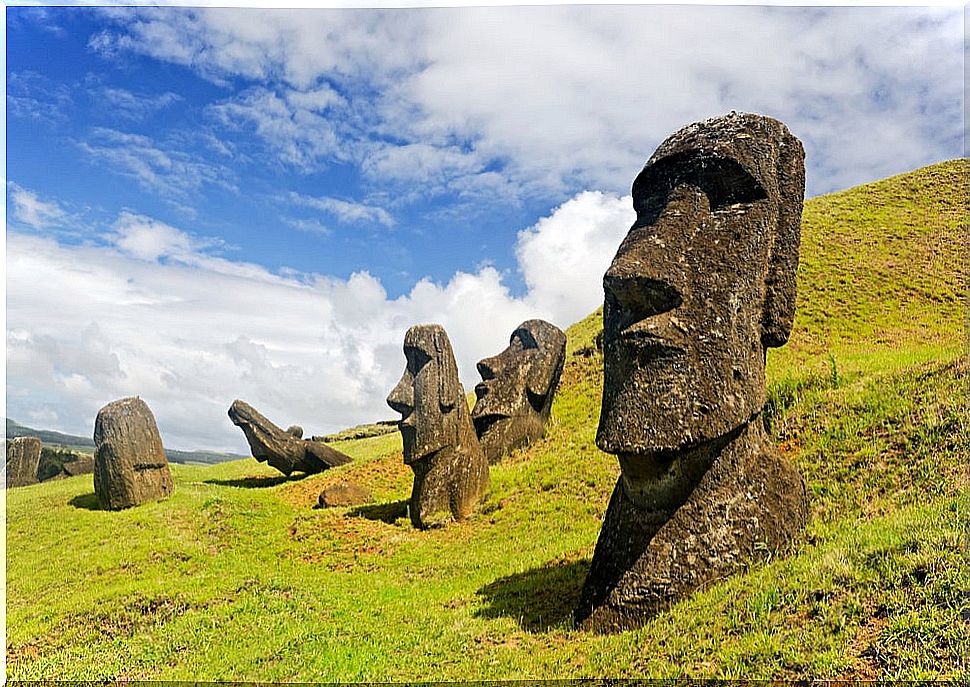
This is the first question that arises when we hear about monolithic moai statues . Apparently, the Polynesians were in the habit of carving stone statues when they arrived on the island after the Hotu Matu’a expedition between 400 and 800 AD.
A manuscript was found explaining that some Polynesians forgot a moai on the beaches of Hiva and brought it to the island. Although these statues are known as Máui, the full name in the local language is Moai Aringa Ora and it means the ‘living face of the ancestors’.
The Rapa Nui created them to represent their most important ancestors, such as their rulers. In this way, they believed that they could extend their ‘mana’ or spirit power to the tribe and protect it from evil spirits.
But not all the ancestors would have that capacity for protection, rather it was something that they had to cultivate throughout their lives doing a series of feats and heroic acts, demonstrating that once dead they could protect their tribe.
How Monolithic Moai Statues Were Made
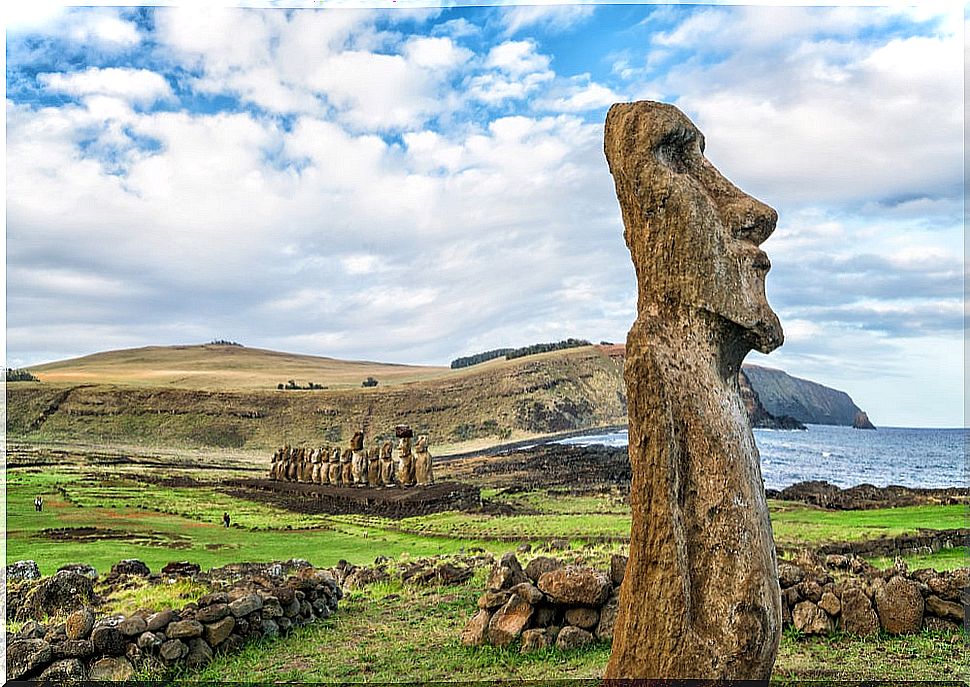
The first ones were sculpted with basalt, tramita and red slag. Later, the carvers realized the wealth of stone enjoyed by the Maunga Eo volcano, which is more commonly known as Rato Raraku.
Thus, they began to work with volcanic stone. A yellow material with gray reflections that is only found in this part of the island and has the appearance of ash with basalt inlays. This material was softer than those used previously and would facilitate the massive construction of the monolithic statues of the moai using simpler tools.
The statues were started by carving down one side, with the head up or down, depending on the carver. They had to find surfaces either very flat or very inclined that would make it easier to transport the moai once it was finished. It has been estimated that a team of carvers could take about two years to sculpt a large moai.
Where were they carved?
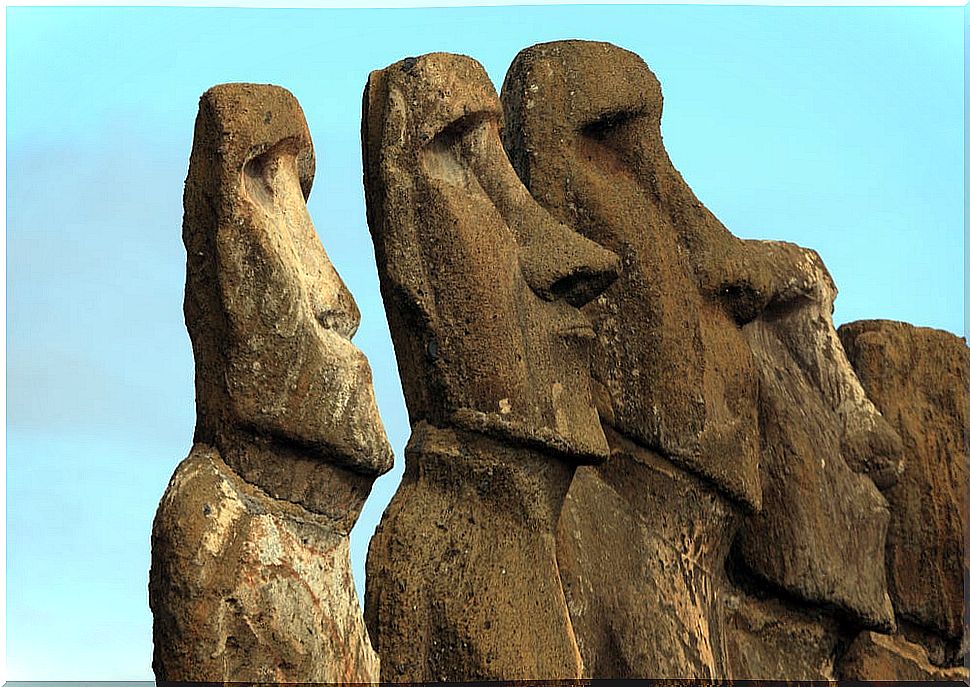
Something curious is that they climbed to the highest part of the volcano to carve the sculptures, when in fact they could have extracted the blocks of material and transported them to a place where the carvers could work more comfortably.
They carved every detail of the moai in the area of the volcano, including the features of the face. When the work was almost finished, the back was sculpted, which would serve to detach the statue from the bedrock and slide it down the slope.
Wood and vegetable fiber were used to transport them to the place where they were to be placed. Once on the site, they left the moai in a hole that the locals will have previously dug so that it could stand upright. Once in this position, the back was finished and it was ready.
How many moai are there on the island and where can you see them?
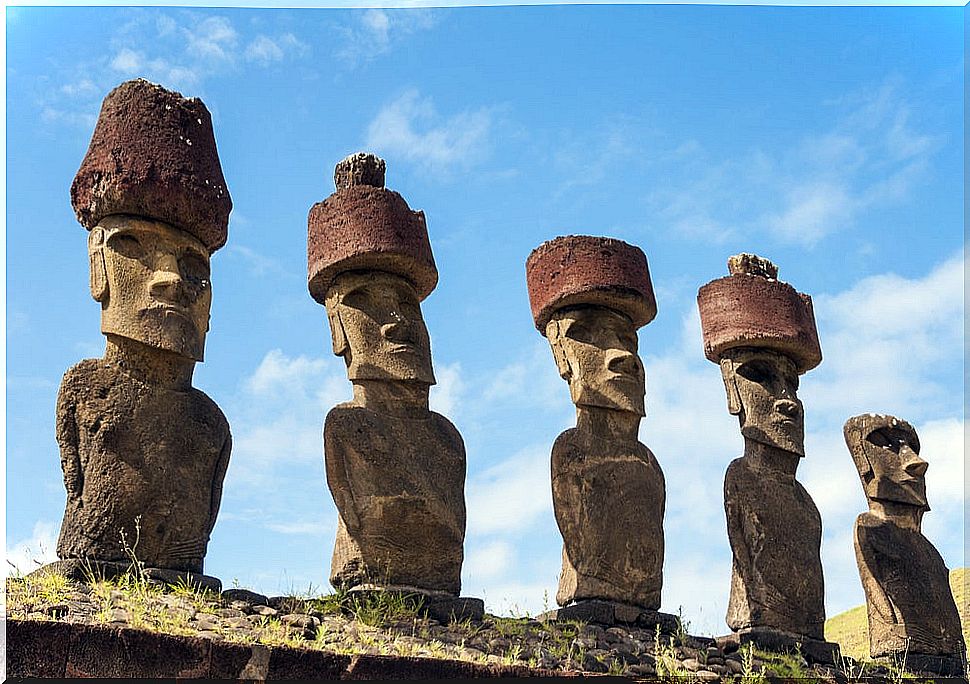
Easter Island is full of these great statues, there are an estimated 900. Of these, 400 are in the Rana Raraku quarry, 288 united around the ahu and the rest scattered around the island. More than 800 were carved with the mother stone of the volcano, while the rest were made with the free, slag and basalt.
On the island you can find the monolithic statues of the moai of different sizes, as there are from 3 to 10 meters. Without a doubt, knowing these statues will be an incredible adventure where they exist.
Did you like to know more about the monolithic statues of the moai? Are you already planning your next vacation to Easter Island to enjoy them? Without a doubt, traveling to this island in Chile will be an unforgettable experience.

